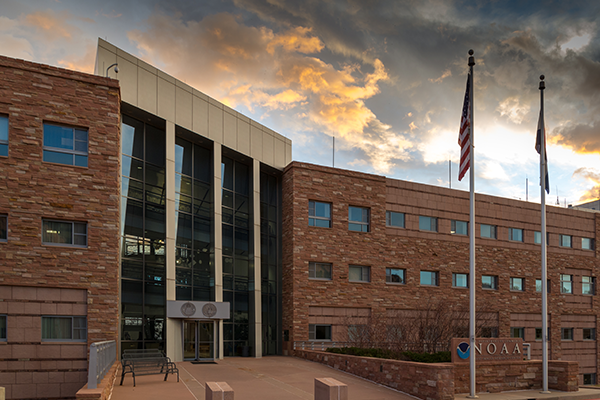
An Initial Look at Airborne Measurements from the ATOMIC Campaign
Gijs deBoer
NOAA/ESRL PSD
Tuesday, Feb 18, 2020, 2:00 pm
DSRC Room 1D403
Abstract
bove most oceans, liquid clouds of a few thousand meters or less drive mixing in a process called shallow (cumulus) convection. The liquid-phase shallow cumulus clouds may influence weather on seasonal to sub-seasonal time scales. Deep and shallow convection are intricately linked, with shallow convection acting to humidify the lower troposphere and create the conditions in which deep convection can arise. Shallow convection exerts an important influence on sea surface temperature (SST) and salinity by moderating the air-sea exchanges of energy and moisture. Subsidence from deep convection exposes the low-altitude boundary layer clouds to space over a large region, with their reflected sunlight causing a mild but widespread cooling of the Earth’s climate.
To better understand the complex web of interactions between the surface and overlying cloud structures, the Atlantic Tradewind Ocean–Atmosphere Mesoscale Interaction Campaign (ATOMIC) is currently underway in Barbados. Additional, complementary research efforts are underway as part of the European EUREC4A (Elucidating the Role of Clouds-Circulation Coupling in Climate). As a part of these efforts, a variety of research aircraft are being deployed in the skies around Barbados. These include four different manned aircraft (NOAA WP-3D, BAS Twin Otter, French ATR-42, and German HALO), three unmanned aircraft systems (CU/NOAA RAAVEN, CNRM SkyWalkers, and French BOREAL) and two cloud kites. In this presentation, I will provide a high level overview of flights conducted as part of ATOMIC (WP-3D and RAAVEN), provide information on the types of data collected, and link these efforts into the broader context of measurements collected by other aircraft, ships, and surface observatories.
You must provide an accepted form of identification at the Visitor Center to obtain a vistor badge. Security personnel also inspect vehicles prior to entrance of the site. Please allow extra time for these procedures.
After receiving a badge, you must arrive at the DSRC Lobby at least 5 minutes before the seminar starts to meet your security escort. If you arrive after that time, you will not be allowed entry.
Foreign Nationals: Please email the seminar contact at least 48 hours prior to the seminar to provide additional information required for security purposes.
Seminar Contact: tom.statz@noaa.gov